Global Food Security Concerns
Concerns regarding food security are driving the Agricultural Antibacterials Market as stakeholders seek to enhance crop yields and protect food supplies. With the global population projected to reach nearly 9 billion by 2050, the demand for food is expected to surge. This scenario necessitates the adoption of effective agricultural practices, including the use of antibacterials to combat bacterial diseases that threaten crop production. The Agricultural Antibacterials Market is poised for growth as farmers and agribusinesses prioritize solutions that ensure the health and productivity of their crops. Investments in research and development aimed at discovering new antibacterial agents will likely play a crucial role in addressing these food security challenges.
Increasing Regulatory Scrutiny
The Agricultural Antibacterials Market is significantly influenced by the evolving regulatory landscape surrounding agricultural chemicals. Governments and regulatory bodies are increasingly focused on ensuring the safety and efficacy of antibacterial agents used in agriculture. This scrutiny often leads to the development of stringent guidelines and approval processes for new products. As a result, manufacturers are compelled to invest in research and development to comply with these regulations, which may initially slow market growth. However, this regulatory environment also encourages innovation, as companies strive to create safer and more effective antibacterials. The long-term effect is likely to be a more robust Agricultural Antibacterials Market, characterized by high-quality products that meet consumer and regulatory expectations.
Rising Incidence of Plant Diseases
The increasing prevalence of plant diseases poses a substantial challenge to agricultural productivity, thereby driving the Agricultural Antibacterials Market. As farmers face threats from bacterial infections that can devastate crops, the demand for effective antibacterial solutions rises. Reports indicate that bacterial diseases account for a significant percentage of crop losses, prompting the need for innovative agricultural antibacterials. This trend is further exacerbated by climate change, which creates favorable conditions for the proliferation of pathogens. Consequently, the Agricultural Antibacterials Market is likely to experience growth as stakeholders seek to mitigate these risks and ensure food security. The integration of advanced antibacterial formulations is anticipated to enhance crop resilience, thereby fostering a more sustainable agricultural ecosystem.
Consumer Demand for Sustainable Practices
The growing consumer preference for sustainable agricultural practices is reshaping the Agricultural Antibacterials Market. As awareness of environmental issues increases, consumers are demanding products that are not only effective but also environmentally friendly. This shift is prompting manufacturers to explore biobased and organic antibacterial solutions that align with sustainable farming practices. Market data suggests that products labeled as organic or sustainable are witnessing higher sales growth compared to conventional counterparts. Consequently, the Agricultural Antibacterials Market is likely to adapt by incorporating more sustainable options, thereby appealing to a broader consumer base and enhancing market competitiveness.
Technological Advancements in Agriculture
Technological innovations in agriculture are transforming farming practices, which in turn influences the Agricultural Antibacterials Market. The advent of precision agriculture, biotechnology, and advanced application techniques has enabled farmers to utilize antibacterials more effectively. For instance, the development of targeted delivery systems ensures that antibacterial agents are applied precisely where needed, minimizing waste and maximizing efficacy. Furthermore, the introduction of genetically modified crops that are resistant to certain bacterial infections may alter the dynamics of the market. As these technologies become more accessible, the Agricultural Antibacterials Market is expected to expand, driven by the need for efficient and sustainable solutions to combat bacterial threats.


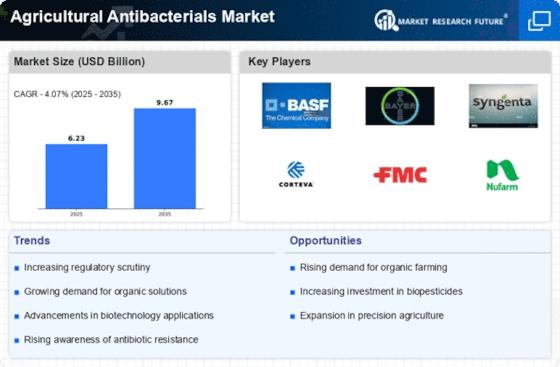
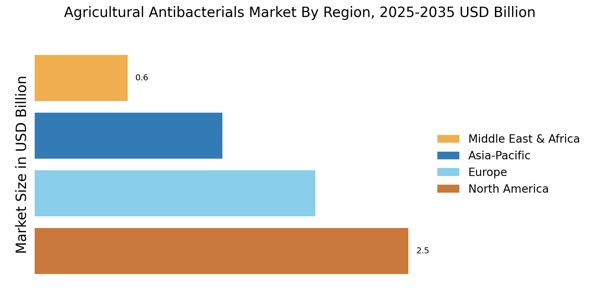



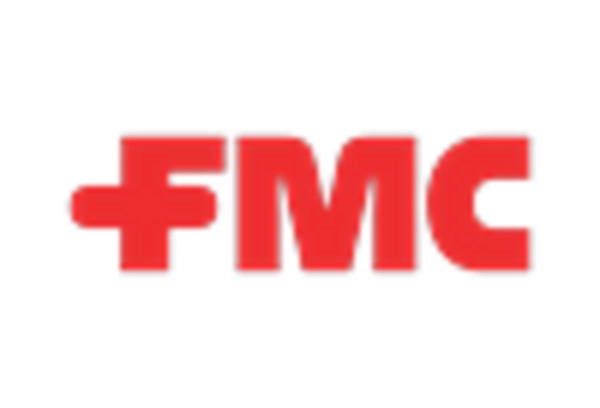
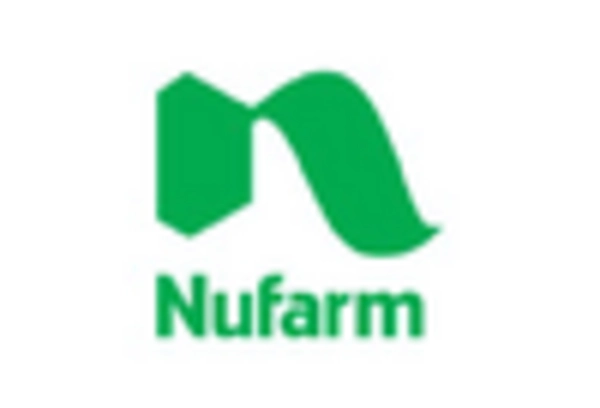
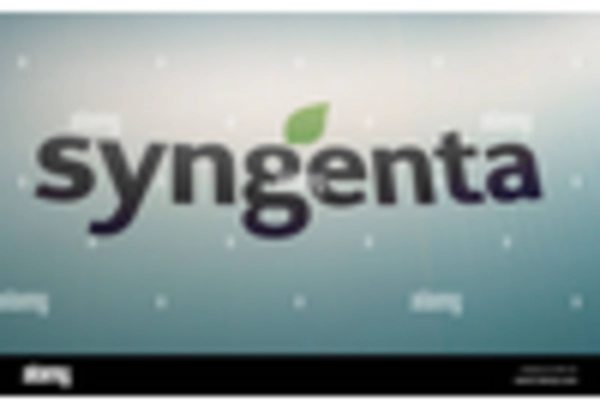








Leave a Comment